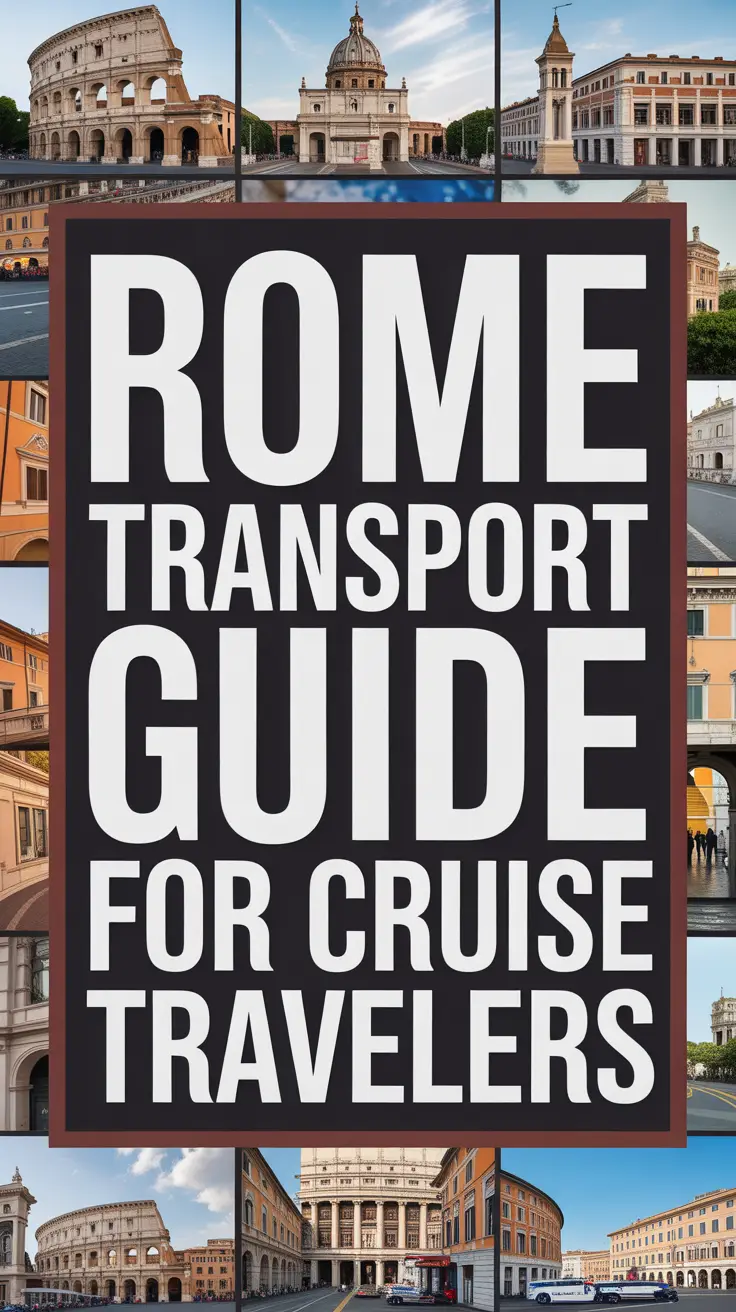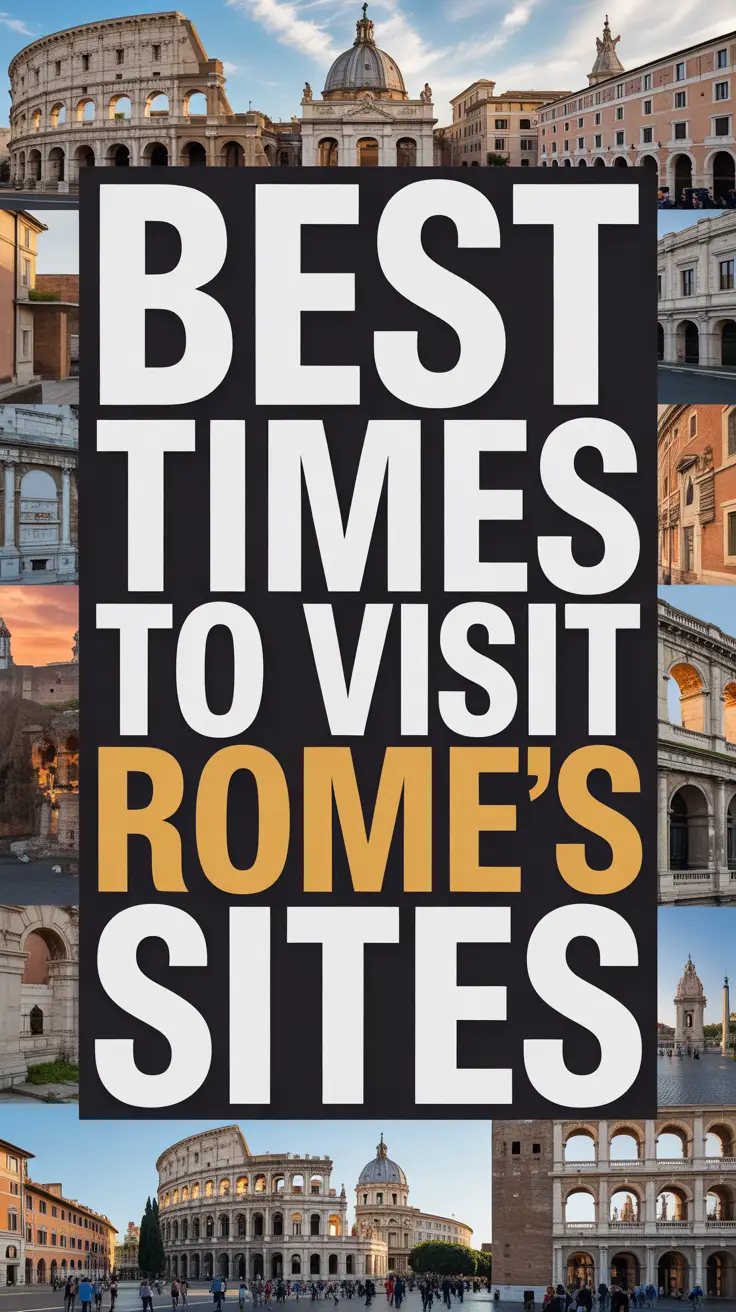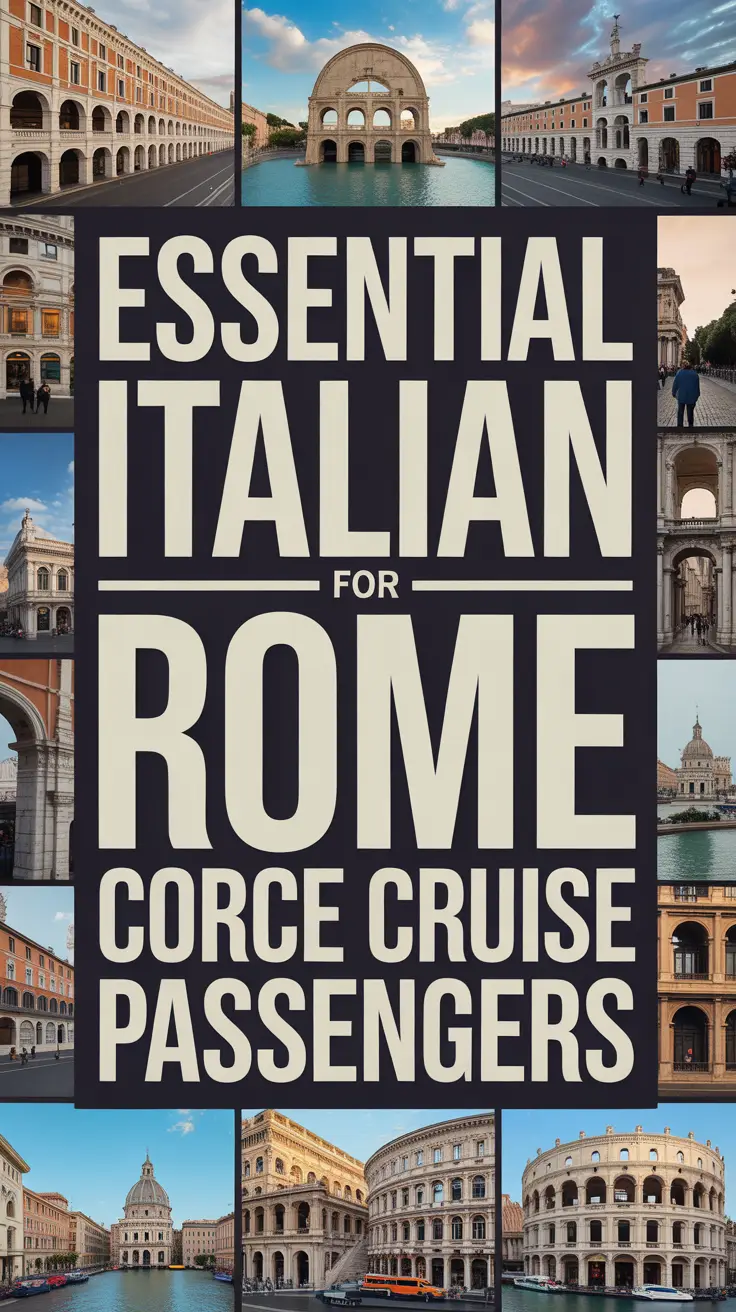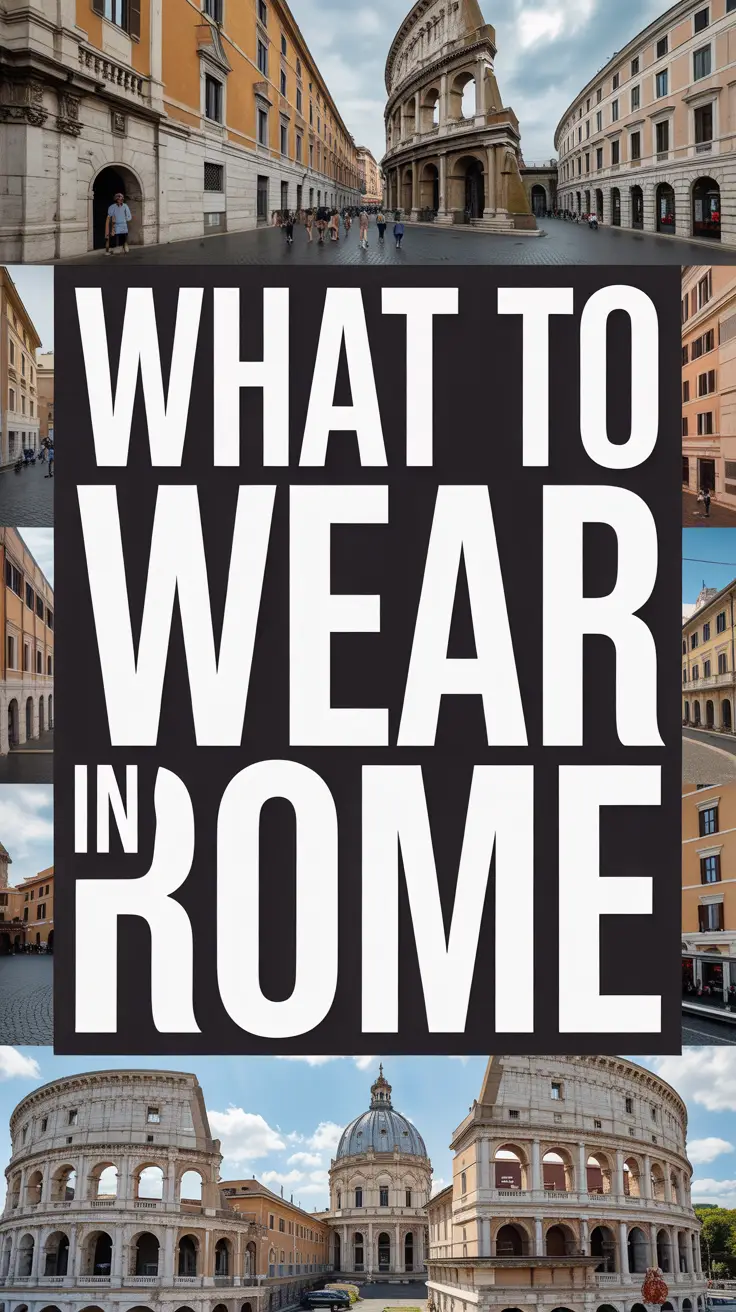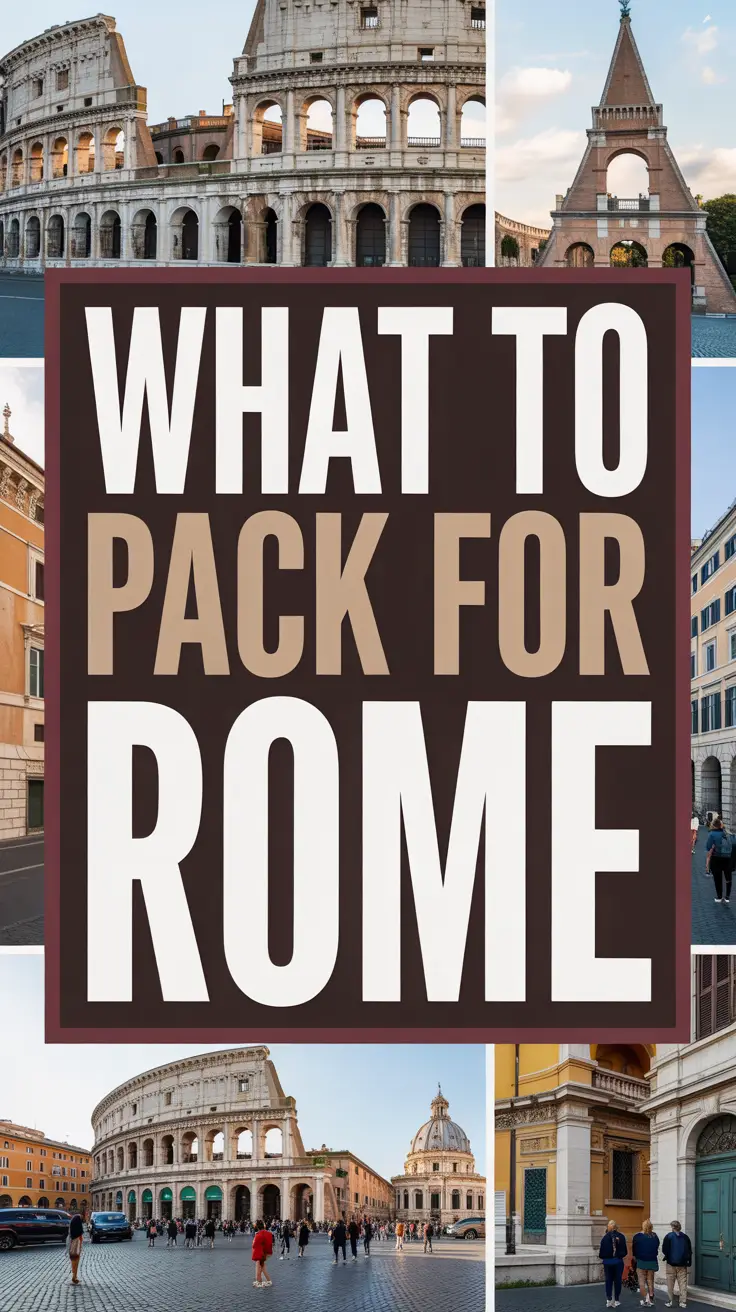How to Actually Use Rome’s Trains and Buses Without Getting Lost
After watching countless cruise passengers stumble through Rome’s public transport system like tourists in a Roman colosseum, I’ve learned that mastering the Eternal City’s buses and trains is an art form. The good news? Once you crack the code, you’ll navigate Rome like a local gladiator conquering the arena.
The Roman Transport Trinity: Your Three Best Friends
Rome’s public transport revolves around three main systems that work together like a well-oiled chariot:
- Metro (Subway) – Two main lines that form a giant “X” across the city
- Buses – Over 300 routes that reach every corner Rome’s metro can’t
- Trams – Six scenic routes perfect for sightseeing while traveling
Tickets: The Golden Key to Roman Transport
Here’s where most cruise passengers trip up: Rome uses one ticket for all transport modes. Think of it as your backstage pass to the entire city.
| Ticket Type | Duration | Price Range | Best For |
|---|---|---|---|
| BIT | 100 minutes | €1.50 | Single journeys |
| Roma 24H | 24 hours | €7.00 | Day explorers |
| Roma 48H | 48 hours | €12.50 | Weekend warriors |
| Roma 72H | 72 hours | €18.00 | Extended stays |
Pro Tip: Buy tickets at tobacco shops (tabacchi) with the black and white “T” sign. They’re everywhere and usually faster than metro station machines.
Metro Mastery: Riding Rome’s Underground
Rome’s metro system is refreshingly simple compared to London or Paris. Line A (orange) runs east-west, while Line B (blue) cuts north-south. Line C is still expanding, so don’t rely on it for cruise day trips.
Essential Metro Stops for Cruise Passengers:
- Termini – Central hub connecting both lines
- Colosseo (Line B) – Direct to the Colosseum
- Spagna (Line A) – Spanish Steps and luxury shopping
- Ottaviano (Line A) – Vatican City’s closest stop
- Piramide (Line B) – Connection to Ostia and cruise ports
“The biggest mistake I see cruise passengers make is not validating their tickets,” explains Marco Benedetti, Rome’s Public Transport Coordination Officer. “Those little yellow machines aren’t suggestions – they’re mandatory, and our inspectors know exactly which buses tourists frequent.”
Bus Navigation: Decoding Rome’s Rolling Network
Roman buses might seem chaotic, but they follow logical patterns once you understand the system. The key is knowing that bus numbers tell a story:
- Single/Double digits (1-99) – Urban routes within city center
- 100-500 series – Suburban and longer routes
- 700+ series – Night buses (perfect for late cruise ship returns)
- Express routes – Limited stops, marked with “Express” signs
Tourist-Friendly Bus Routes:
- Bus 64 – “Pickpocket Express” from Termini to Vatican (crowded but direct)
- Bus 40 – Circles major attractions including Castel Sant’Angelo
- Bus 118 – Connects Colosseum to Baths of Caracalla
- Bus 81 – Vatican to Colosseum via city center
Getting to/from Civitavecchia Port
Most Mediterranean cruises dock at Civitavecchia, about 50 miles from Rome. For comprehensive information about Rome port connections and all Mediterranean cruise ports in Italy, understanding your transport options creates a hierarchy of comfort versus cost:
| Transport Method | Duration | Cost Range | Comfort Level |
|---|---|---|---|
| Train (Regional) | 60-75 minutes | €5-8 | High |
| Train (Express) | 45 minutes | €15-20 | Very High |
| Cruise Shuttle | 60-90 minutes | €20-35 | Medium |
| Private Transfer | 45-75 minutes | €100+ | Luxury |
The train from Civitavecchia to Roma Termini is your sweet spot – reliable, affordable, and drops you in Rome’s transport heart. From Termini, every corner of Rome becomes accessible. For detailed information about the Rome port experience and connections, our comprehensive guide covers everything you need to know.
For more information about Civitavecchia port services and connections, visit the official port website.
Navigation Apps That Actually Work in Rome
Forget Google Maps for Roman public transport – it’s about as reliable as Caesar’s bodyguards. Instead, use:
- Citymapper – Best for real-time updates and route planning
- Moovit – Excellent for bus arrival times
- ATAC Mobile – Official Rome transport app (Italian interface but accurate)
Common Pitfalls and How to Avoid Them
The Validation Trap
Those yellow validation machines aren’t decorative. Skip validation and risk €50+ fines from plainclothes inspectors who target tourist-heavy routes.
Rush Hour Reality
Roman rush hours (7:30-9:30 AM and 5:30-7:30 PM) turn buses into sardine cans. Plan museum visits during these windows instead.
Sunday Service Surprise
Sunday schedules run differently, with reduced frequency on most routes. Always check the posted schedules at stops.
Bonus Tips That Cruise Guides Won’t Tell You
- Bus stop etiquette: Wave at approaching buses – drivers won’t stop unless you signal
- Metro archaeology: Line C construction regularly uncovers ancient artifacts, causing delays but creating impromptu archaeological exhibitions
- Tram #8 secret: Takes you past Trastevere’s hidden gems while avoiding tourist crowds
- Night owl advantage: Night buses run every 30 minutes and are nearly empty – perfect for late-night Vatican visits
- Shopping strategy: Buy a carnet (book of 10 tickets) for €15 – saves money and time if traveling with family
Weather and Seasonal Considerations
Roman summers turn buses into mobile saunas, while winter rain makes metro platforms slippery. Pack accordingly with quality premium walking shoes for wet cobblestones, and remember that August sees reduced service as half of Rome vacations. For all your Rome exploration needs, invest in proper day backpacks for walking to carry water, tickets, and essentials comfortably throughout your journey.
Common Questions
Can I use the same ticket for multiple bus transfers?
Yes, within the 100-minute window, you can transfer between buses, trams, and make one metro journey. Just don’t exit and re-enter the metro system.
What happens if I’m caught without a valid ticket?
Fines start at €50 and can reach €200. Inspectors are particularly active on tourist routes and speak enough English to handle the paperwork efficiently.
Are Rome’s buses and trains accessible for passengers with mobility issues?
Newer buses are wheelchair accessible, and most metro stations have elevators. However, older buses and some stations still lack proper accessibility features. Check the ATAC website for specific route accessibility information.
How do I know which direction the metro is heading?
Roman metro displays the final destination station name. Line A runs between Battistini and Anagnina, while Line B connects Laurentina to Rebibbia/Jonio. Memorize these endpoint names to avoid heading in the wrong direction.
Is it safe to use public transport late at night after dinner?
Rome’s public transport is generally safe, but exercise normal precautions. Night buses are well-lit and regularly patrolled. Stick to main routes and avoid empty carriages when possible.
Mastering Rome’s public transport transforms your cruise port day from a stressful sprint into a leisurely exploration. The buses and trains don’t just move your body through the Eternal City – they carry you through layers of history, past locals living their daily lives, and into authentic neighborhoods that tour buses never reach. If you’re considering whether to book a shore excursion or go to Rome on your own, understanding the transport system gives you the confidence to explore independently. When you finally return to your cruise ship, you’ll have stories that go far beyond the typical tourist snapshots, and the confidence to tackle any city’s transport system that your future cruise adventures might offer.

